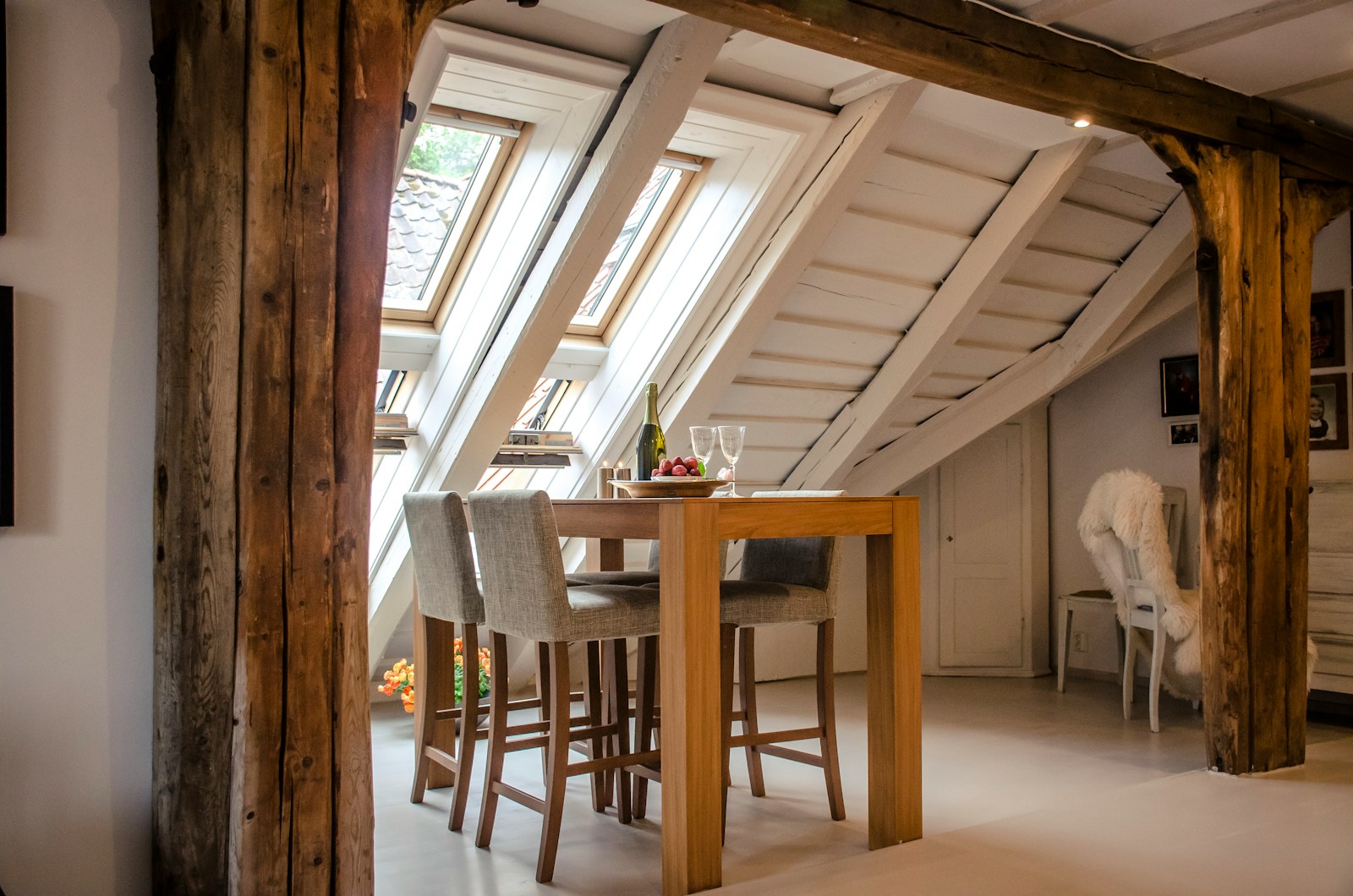Converting your loft can be an excellent way to create additional living space right in your home, and it has become a sought-after option for many Londoners. However, embarking on such a project isn’t always straightforward and can come with various challenges. To make sure your loft conversion is successful and avoids unnecessary setbacks, it’s essential to steer clear of frequent mistakes that could result in problems later on.
1. Assessing Your Property’s Compatibility
Before you dive into your loft conversion plans, the first thing you need to do is evaluate if your property is right for it. This means checking whether your current structure can accommodate the change and if there is enough height in the loft. Ideally, there should be at least 2.2 meters of headroom; around 2.4 meters is even better for a comfortable environment. If the height is limited, it could restrict how you use the space and might force you to make costly adjustments.
2. Understanding Planning Permissions
It’s a common mistake for homeowners to believe their loft conversion is automatically covered by permitted development rights. While some changes can be made without planning permission, many others that affect the building’s structure or external appearance require it. It’s crucial to check in with your local planning office to understand the rules specific to your area and ensure you’re fully compliant before you commence any work.
3. Not Adhering to Building Codes
Following building regulations is key—not just for legal reasons but also for your safety and the stability of your home. These regulations address essential elements like fire safety, insulation, and how structures hold up. Neglecting to keep up with these guidelines can result in fines, expensive fixes later on, or even a reversal of the conversion itself. Seeking help from someone who understands these aspects is wise to avoid any potential oversights.
4. Considering Neighbors’ Perspectives
Remember that undergoing a loft conversion may also affect your neighbors; this could be visually or through construction noise. It’s a good idea to have an open line of communication with them, letting them know your plans, and listening to any worries they might be able to express. Openly discussing your project can help minimize conflicts and work toward maintaining a positive relationship, which can be particularly useful if you require a Party Wall Agreement.
5. Selecting an Appropriate Roof Style
The roof’s style can greatly influence how effective your loft conversion will be. If you pick a design that doesn’t fit well, it might cause problems related to structural integrity, space limitations, or both. Thus, it’s essential to select a design that works well with your home and complies with building rules. Consulting with an expert in loft conversions or an architect could be beneficial in making sure you make the right decision.
6. Focusing on Staircase Design
Don’t forget the importance of the staircase, as it provides access to the loft. Many people skip over the design of this aspect, but it should be both functional and safe. Ideally, your new staircase should align neatly with your current stairs to avoid awkwardness or complications. If space is limited, consider stair designs that are efficient and allow safe access to the newly transformed loft area.
7. Realistic Budgeting
Creating an accurate budget is essential when converting your loft. Unfortunately, many prepare their budgets without factoring in all potential expenses. Aside from construction costs, you need to think about planning fees, building regulation expenses, and payments for professionals. Having a buffer for any unexpected costs can make your project run smoother. Making sure your budget reflects reality will avoid stress related to financial issues and project timelines.
8. Not Taking Enough Time on Design Planning
Taking the necessary time to thoughtfully plan the layout and design of your loft is of utmost importance. Consider how you intend to utilize the newly created space—will it be a bedroom, an office, or a playroom? It’s crucial to ensure there is enough room for your furnishings and make use of natural light effectively. Rushing this process could lead to poor design decisions that ultimately do not fit your needs.
9. Planning for Lighting and Airflow
To create the ideal living space, remember that both lighting and ventilation are vital components. A loft area can feel cramped without ample light and proper airflow. Making plans for both types of lighting and ensuring that there are enough windows or other ventilation sources can ward off moisture problems and keep air quality in check.
10. Importance of Soundproofing
If you intend to use your loft as a living area, soundproofing should definitely be part of your planning. Failing to incorporate adequate insulation may cause noise issues, disrupting not just your peace but that of the entire household. By including soundproof elements in your floors and walls, you can enhance both comfort and privacy, which is particularly important for noisier activities like gaming or music.
Conclusion
A loft conversion holds the potential to significantly enhance your home’s value and livability, but smart planning is the key to avoiding common challenges. By ensuring your property is fit for conversion, obeying the necessary regulations, and being mindful of your neighbors, you can effectively handle the complexities that come with a loft project. Consultation with professionals like https://loft-conversion-company-london.com for design and structure, maintaining a doable financial plan, and considering crucial elements like lighting, ventilation, and soundproofing will help ensure that your loft conversion turns out just as you envisioned it, adding effortless value to your home in the process.
